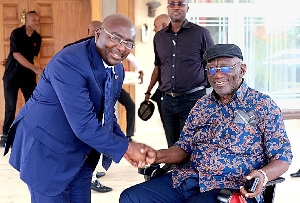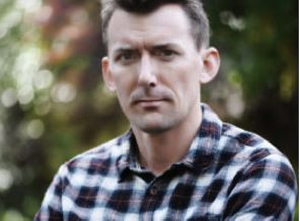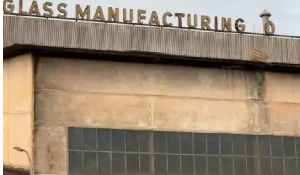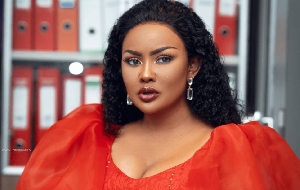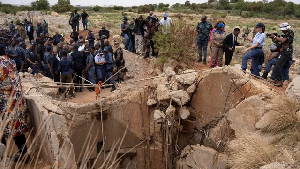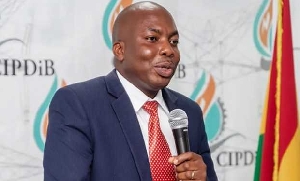The quintessential, multi-talented renaissance (wo)man has always been a fascinating specimen of what mere mortals can achieve. I was enthralled by Paul Robeson, devoured the biography of Gordon Parks, admired Harry Belafonte, and would choose Prince (well, the Artist Formerly Known As… or whatever Symbol it was…) over MJ any day.
As such, I distinctly remember being stunned the first time I read about Saka Acquaye and his significance. Here was a painter and renowned sculptor, a singer and multi-instrumentalist (drums, flute, tenor saxophone), a textile designer, a producer of some of Ghana’s greatest bands and an acclaimed playwright right in ‘my own backyard’, and I was just now learning about him?!
Saka Acquaye attended the prestigious Achimota Art School and then the notable Pennsylvania Academy of Fine Arts in Philadelphia, USA, first studying music, arts and crafts, and then sculpture and industrial design. From 1964 to 1966, he majored in opera and theater arts at the University of California, Los Angeles, UCLA.
He returned to Ghana to continue an already burgeoning career in the arts. He had by then already founded the Black Beats Band with King Bruce in 1952 in Ghana, had formed and toured with the ‘African Ensemble’ in the US where he recorded an album under the ELEKTRA label, and had written and produced Ghana’s first musical ‘Obadzeng’, later on showcased by Osagyefo Dr. Kwame Nkrumah on his tour of the Soviet Union.
On his return to Ghana, Saka Acquaye helped discover the legendary Wulomei music group led by Nii Ashitey, helped produce their first album ‘Walatu Walasa’, and directed the group for nine years, aiding them to the pinnacle of success both nationally and internationally.

He was appointed to the head of the Arts Council of Ghana from 1968 to 1972, working with the director Beattie Casely-Hayford, during which time he wrote and produced his most famous musical drama “The Lost Fisherman” and also initiated the popular Saturday Anansekrom variety show programs.
1971 saw the organization and production of the ‘Soul to Soul’ concert at the Black Star Square featuring the likes of Wilson Pickett, the Staple Singers, Ike and Tina Turner, Roberta Flack, Santana and many more American artists. Through all this he kept up with his love of sculpture, creating many notable works in clay and even casting works in fiberglass in the 1970’s and 1980’s.

Saka Acquaye was a pioneer to the pioneers of contemporary African art in Ghana. El Anatsui studied fiberglass and sculpture under Saka Acquaye. Kofi Setordji studied under Saka Acquaye for three years from 1984 to 1987.
The grand old master Ablade Glover touts Saka Acquaye as a “wonderful artist” who he loved and who “created these incredible Ghanaian female figures in his sculpture which I admired”.
The works of Saka Acquaye have been exhibited in the USA, Europe and Japan. He was the first contemporary African artist to host a solo exhibition on contemporary African Art at the Setagaya Art Museum in Japan… in 1989!

In Accra, his impressive portfolio of work can be found – if you know to look for it – at Achimota School (the three busts of the founders of the school: Guggisberg, Fraser and Aggrey), the JB Danquah monument at Danquah Circle, the Guggisberg monument at the Korle-Bu Teaching Hospital, and the imposing mural at the Bank of Ghana on High Street in the heart of Accra.
So we circle back to where we begun; and riddle me these: how come this name and all its significance was not drummed into me in my formative years?
And how come it is not being drummed into our children now?
Finally, who and where are our renaissance men and women of today?
Do the powers-that-be even know or care?

For certainly, only a renaissance can rescue us from this seemingly bottomless pit of devolution and degradation in our environment and culture; culture defined as our way of life, our values and priorities, our appreciation- or not -of our environment, of beauty, of humanity, of art. Of life.
Who and where is our renaissance to come from?

Opinions of Friday, 10 May 2019
Columnist: Nii Tei Laryea







